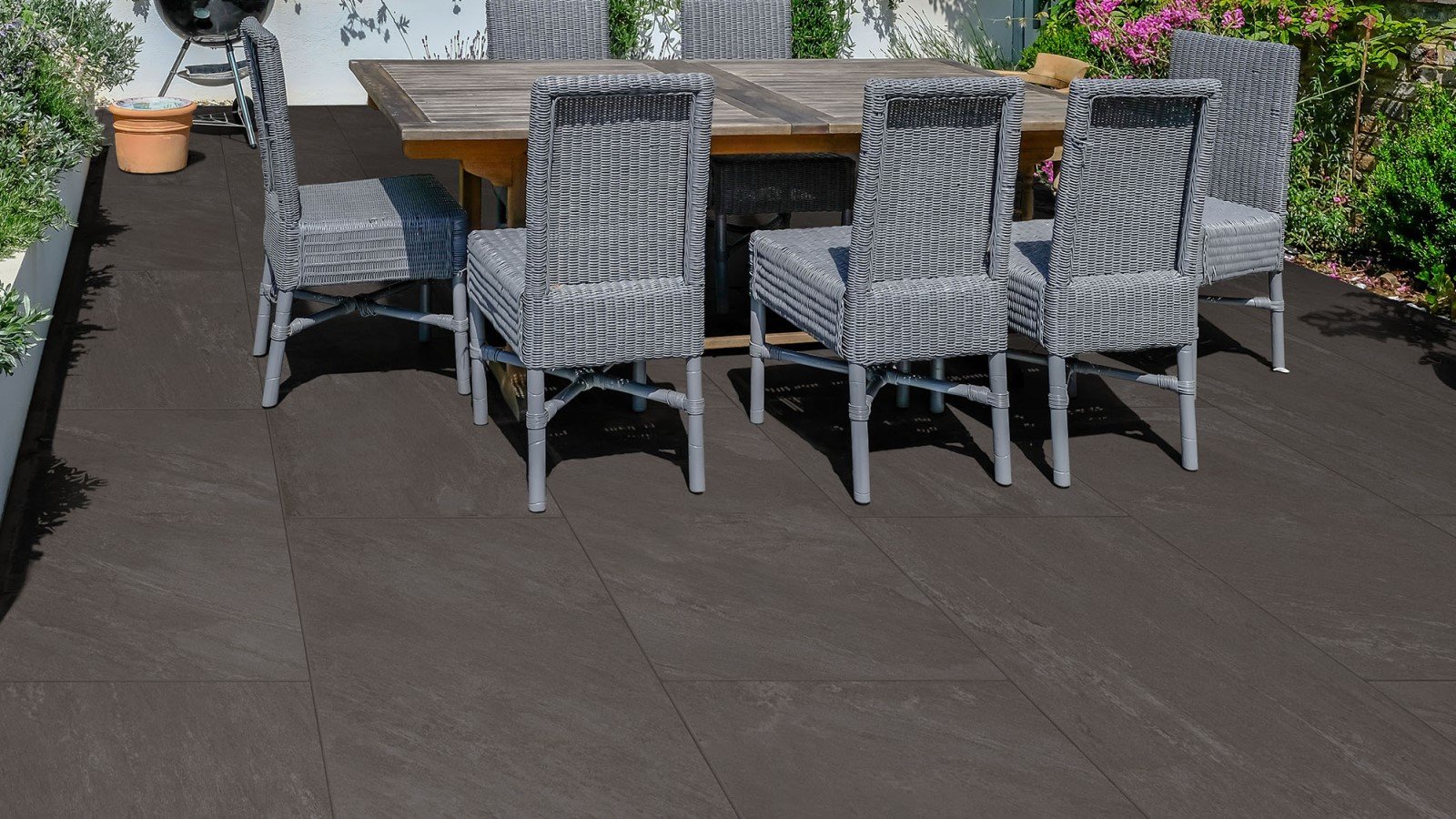How to Prepare Your Home for Laying Paving Slabs, Stones and Blocks
You're all ready to go with some block paving, paving slabs, or patio slabs, but how should you go about preparing the landscaping area? Here are some tips for and potential pitfalls to bear in mind.
The Right Tools
Here's a handy checklist of some necessary tools you might need for your job:
- Site preparation: sledge hammer, spade, shovel, pick, rake and wheelbarrow, string line, tape measure.
- Bed preparation: trowel, float, cement mixer.
- Laying and flag/block preparation: lump hammer, chisel, bolster, rubber mallet, spirit level, circular saw (with diamond blade for tougher materials), block splitter (for block paving jobs), plate compactor, brush.
Site Preparation
All types of paving need to be laid upon a structure built up from a number of layers. Each of these layers will consist of different materials, building in strength with each layer.
Sub-grade – paving essentials
Remove any existing topsoil down to more stable sub soil beneath (often referred to as the sub-grade).
Remove any grass, weeds and roots. Vegetation will decompose over time, resulting in settlement of your paving.
Sub-base
The next layer is the most important, structurally speaking. The sub-base is the foundation of your paving. It may not always be required for patio projects but for block paving your driveway, or laying paving blocks and paving slabs, it's absolutely essential.
Which material should you use for the sub-base?
In short, it depends on the project.
The highest grade of sub-base is generally known as Type 1 MoT (Ministry of Transport) and is the preferred material for use under driveways or areas with heavy traffic. It is a specific mix of solids and fines that ensures there are no voids when compacted but is still able to drain away standing water.
Other sub-base materials include ballast and crusher run; however, it's difficult to acquire a perfect balance of solids and fines. This would therefore be unsuitable for use under areas of very heavy traffic and commercial projects. For paving your driveway or patio however, it'll work perfectly.
Bedding or Laying Course
This is the bedding or laying course – the layer onto which your chosen paving is directly laid. The bedding supports your paving, allowing for variations in thickness and any peaks or undulations to be accommodated without affecting the finished project's levels.
Which material should you use for the bedding?
Again, it depends on the type of paving.
- For concrete block paving, use unbound (without cement) sharp sand. This is compacted, providing a solid bed which prevents movement.
- For natural sandstone, use a moist sharp sand and cement mix. This mortar mix accommodates paving slabs and various shapes and sizes of paving stones.
- Generally, building sand is unsuitable for use as a bedding material; it's not particularly free-draining, and sharp sand will produce a stiffer, more stable mortar mix.
- Building sand is excellent for pointing, as it produces a more pliable, workable mortar.
Paving Layer
The final layer, which, of course, is your final choice of paving stone or paving slab.
The rest of the Paving Done Simply series will take you through each type of paving we have available, taking you brick by brick to your completed project.
We want your landscaping project to be perfect. For advice, assistance, or inspiration, Simply Paving is here to support you at every stage. Give us a call on 0800 032 6306. We would love to hear from you.



















































